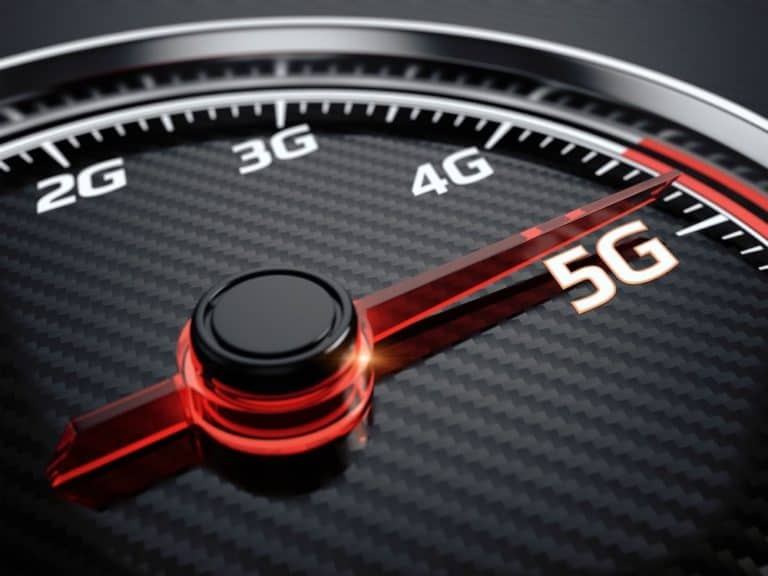3GPP, the collective for the standardisation of telecommunications networks, has approved a number of projects aimed at taking 5G to a higher level. These projects should eventually become functional on multiple platforms and devices.
Release 16 of the collective should be completed by the middle of 2020, says VentureBeat. Among other things, complete end-to-end 5G systems and vehicle-to-everything communications, where vehicles communicate over 5G, would need to be standardised.
Further standardisation has been announced in release 17, scheduled for 2021. For example, a number of improvements to increase 5G speed and performance should emerge, e.g. through dynamic spectrum sharing (DSS), dual 5G, 4G-5G connectivity, millimetre wave-beamforming, and the delivery of services from different transmission points. Furthermore, the precision with which a location can be found is improved to be accurate to centimeter-level.
NR-Light is a project for release 17 of 3GPP that makes 5G compatible with Internet or Things devices and wearables, but without the high energy requirements that 5G often requires. NR-Light can deliver download speeds of 100Mbps and upload speeds of 50Mbps, using only 10-20 MHz of bandwidth. That should be enough for devices such as IoT cameras, certain wearables and industrial IoT sensors.
A whole bunch of updates
Furthermore, release 17 should broaden the use of the wireless spectrum in a number of ways. The new release will increase the supported 5G spectrum in the 60GHz band. This frequency has already been used with 802.11ad and 802.11ay wifi devices. Supporting 5G on those frequencies could, for example, allow 60GHz wifi XR headsets to easily switch between streaming local content and network content.
The new version should also support public safety multicasting and venue casting, which means that large numbers of users in specific locations can receive alerts or warnings at the same time. In addition, C-V2X will be expanded to enable sidelink: direct communication between vehicle and another vehicle or device, for pedestrians, cyclists and people in other small vehicles.
